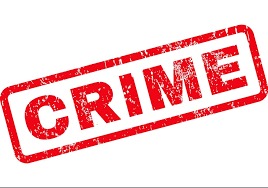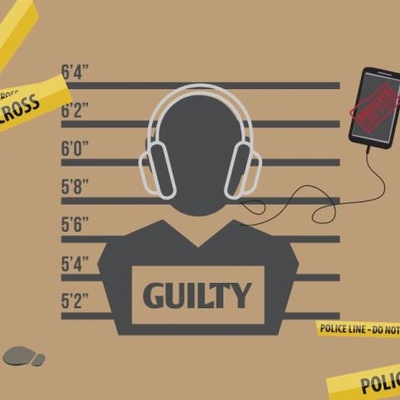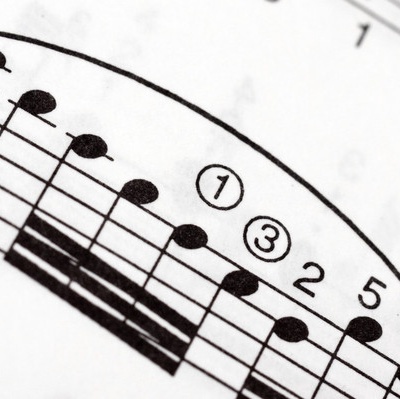Types of crimes
When a 74-year-old Boston University calculus professor was arrested for running a meth lab, many people were shocked. Irina Kristy didn't look like a criminal and she certainly didn't look like someone involved with drugs. She is an elderly, white, highly educated woman.
Crimes and criminals come in many forms. Simply put, a crime is any act that goes against a legal code or law. Is talking on the cell phone a crime? No. Is it a crime to talk on a cell phone while driving in a school zone? In many cities it is. The main difference is that lawmakers thought the act was important enough to officially ban it by doing it against the law. Although there are many different types of crimes, crimes generally fall into one of two general categories:
- street crime
- white collar crime
From a sociological perspective, it is helpful to understand these categories so that we can explore the different types of people who commit these crimes and why. Crime data supports clear trends regarding the race, gender, educational level, and economic class of offenders. When sociologists examine this data, they hope to understand how these demographic factors influence crime. Let's take a closer look at the two broad categories of crimes.
Street crime
When you think of crime, you most likely think of street crime. Street crime is any crime that normally takes place or originates in a public place. There are many different types of street crime. Some guys are violent and some are non-violent. For example, crimes against the person are all crimes involving bodily injury, the threat of bodily injury, or other actions committed against the will of the victim. Assault, battery, sexual assault, homicide, domestic violence, and robbery are crimes against the person.
Let's say Polly is walking through a parking lot on her way home from a play. Peter walks up behind her and grabs her bag off her shoulder, knocking her to the ground. Peter then runs off with the bag. Polly is the victim of a robbery and has just suffered a crime against people.
Now let's say Polly returns to the parking lot after the play and finds her car stolen. This is a crime against property. Property crimes are all crimes that involve theft or damage to property. Property crimes do not involve bodily harm or the threat of bodily harm to a victim. Property crimes include burglary, arson, auto theft, shoplifting, and vandalism.
Other types of street crimes include drug crimes, which are all crimes related to the manufacture, possession, use, or sale of illegal substances. Drug manufacturing and drug dealing are popular street gang activities. Gang activity often involves property crimes and personal crimes. Statistics maintained through the Bureau of Justice Statistics and the FBI show that the majority of street criminals are:
- Young man
- Urban
- Helpless
- racial minorities
- Male
But sociologists struggle with this demographic. Some wonder: Are minority young men disproportionately committing crimes or are they disproportionately arrested and prosecuted?
White collar crime
Now let's take a look at white collar crime. White collar crimes refer to non-violent crimes committed by business or government professionals for profit. White collar crimes involve lying, cheating, or stealing. Fraud, embezzlement, counterfeiting, money laundering, Internet scams, tax evasion, violations of environmental laws, and security breaches are all forms of white collar crime.
White collar crimes occur in the course of the criminal's legitimate work or profession. For example, let's say Polly is a bank teller. Peter comes to deposit $1,000 cash into your account. Polly takes the money, but purposely records the deposit as only $100. She then puts $900 cash in her bag. Polly has committed a type of theft known as embezzlement. Because Polly committed the robbery in the performance of her job, it is a white-collar crime.
White collar crimes are sometimes considered victimless crimes and therefore do not raise as much concern as street crimes. However, white collar crimes do produce victims. People, employers, taxpayers, our environment and our economy suffer from common white collar violations.
White collar crime is often associated with organized crime. Organized crime is a crime committed by more than one person working together. Many people think of the mafia and its structured criminal enterprises. The mafia is known for conducting illegal gambling, price fixing and drug smuggling operations.
From a sociological perspective, organized crime is interesting because these organizations often mirror the structure of legitimate corporations. Usually, there are "Bosses", "Middle Managers" and "Lower Level Workers". There are far fewer statistics available on white-collar criminals, mainly because white-collar crime only comprises about three percent of all crimes. However, available statistics show that the majority of white collar criminals are:
- A little older than street criminals
- White
- Male
Interestingly, a higher proportion of women are arrested for white-collar crime than for street crime. And while many people think of white-collar criminals as middle-aged white executives, only about half are over 30 years old.
Learning outcomes
After you are done with this lesson, you will be able to:
- Define street crime and white collar crime
- Describes three categories of street crime
- Explain what organized crime is
- Identify the most likely perpetrators of both street and white-collar crime based on statistics


























Comments (0)